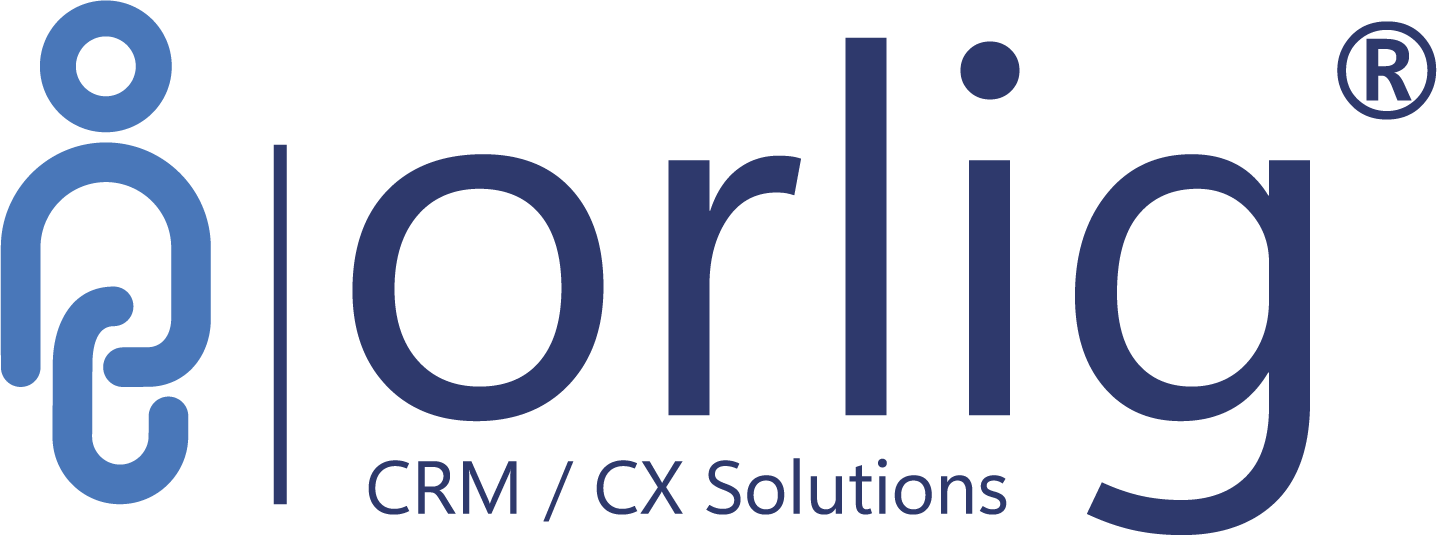Today banking has become much more than just borrowing and lending. The customers expect more from banks rather than just having excellent facilities for checking their accounts or ease of credit; they expect you to give them sound financial advice and help them grow monetarily as well.
What it means that banks have to be on their toes 24*7 and cater to every customer according to their taste and preference. Especially with the fintech joining the party, personalized banking has a whole new meaning altogether.

When the expectations are so high and so much is at stake, it is time that banks give up their traditional ways and adopt CRM at their core. It will not only help them retain old customers, but it will bring in more leads as well. In this article, we will discuss the role of CRM in banking, along with its types, features, and much more.
What is the role of CRM in banking?
In the Digital Age, customers are slowly but steadily starting to move online. From those days where people had to stand in long queues to transfer funds to completing it within a matter of seconds, we have certainly come a long way.
Digital acceptance has meant that consumers are open to accepting services from multiple banks. The convenience of the people has brought about a lot of competition in the banking sector. People are getting loans from one bank, credit cards from another, and making transactions from the third bank.
The purists believe that CRM is a sales thing, and we agree and disagree too. It not only helps in managing consumer grievance, but it also helps in bridging the gap between the seller and the buyer. The ability of CRM to store and utilize consumer data is the main reason behind banks embracing it with open arms.
If you look into the matter, 59 percent of customers report that personalized interaction is a significant factor in keeping their business. Along with that, there are several other reasons why CRM has become a pertinent part of most industries.
Features of CRM in Banking
If you are apprehensive of what CRM can do in the banking sector, read its features listed below to get a better insight –
Client background
Customer Relationship Management software in banking gives you an idea about every client. You get to know where they hail from, what kind of transactions they generally make, loans and mortgages history, their reaction to several marketing efforts, and everything else that you need to know to understand the customers.

A more in-depth insight into customer preferences
CRM gives you a complete view of the customer, including their taste and preferences, monetary status, habits, and much more. You can find his basis of money allocation, how frequently he spends and what he is likely to purchase when, including seasonal variances, if any.
Accentuating customer data to generate a forecast
With the help of CRM software, you can bifurcate your customers into several categories based on their social status, preference, or any other custom criteria. You can now use such a list to better target your marketing campaigns, which will give them a higher chance of succeeding.

Not only that, but it will also provide a forecast of the conversion rate and how much revenue such campaigns will generate for the bank.
Better lead management
With the help of CRM, you create a funnel wherein you allocate the requisite personnel for every group. The leads no longer have to live in the vicinity of uncertainty, and the software ensures that they get the call or notification at the right time, informing them about the next step.

Improved productivity
When the right person caters to the right client, it not only enhances your lead conversion rate, it also hikes up your workers’ productivity. Also, you can now assess every individual involved in a process separately, which can help you to pinpoint their strengths and weaknesses.
What it does is improves the productivity of the processes and make sure that the team knows what you expect of them.
Types of CRM in Banking
We can divide CRM in banking into three broad categories namely –
1. Operational
This division of CRM mainly focuses on automating your sales, services, and marketing operations. It primarily serves the purpose of improving lead generation and their conversion speed into clients.
a. Sales Automation
CRM ensures that the sales team gets nifty features at their disposal, such as lead management, contacts management, sales predictions, category-wise client bifurcation, and a whole lot more.
b. Service Automation
It focuses on improving the organization’s relationship with its customers by predicting possible customer grievances and find their solution in advance. Besides, it also works on improving the interaction between the bank and its customers.
c. Marketing Automation
IT is known to provide the most appropriate solutions to deal with the customers and to improve sales at the same time. It laces the marketing team with the ability to send emails, notifications, contact leads via calls, or on social media and several other handy tools. It makes selling a more natural and less gruesome process.
2. Analytical
IF you are not analyzing the data available to you, you will soon run out of favor and lag behind your competition. With the help of CRM’s analytical capabilities, banks can now analyze their data and process it to create significant facts that can help create the roadmap for the future.
Not only that, but it also plays a significant role in allocating the right personnel for the right job by analyzing their strengths and weaknesses. Alongside this, it provides ample opportunities to train your staff to improve their output and create a lasting impression.
3. Collaborative
If you want to achieve a synergy benefit, you must ensure that your divisions work in unison instead of operating as separate blocks. Collaborative CRM focuses on the efficient collaboration of all the different divisions of a bank to achieve the bigger goal.
It also promotes the availability of consumer data to all the divisions to ensure that there is no confusion lurking in, and they have sufficient data to prove their mettle.
Advantages that it offers
When we look deeper to understand the advantages that CRM banking has on offer, we need to realize who the one is benefitting? In this case, both the providers and consumers are the ones reaping the rewards.
With the help of CRM, banks can smoothen their workflow by bringing in automation, consolidation of data, better lead processing, and several others. To get an insight into what you can get out of it, click on the link here.
Challenges that it faces in the Banking Sector
It’s not all roses here, and CRM too, have to face the brunt owing to several challenges that it faces in its lifecycle which are listed below –
-
Costly affair
You may fancy CRM for your organization looking at the benefits that it has on offer, but there is another side to it as well, it is costly. Be prepared to lose a lot of cash if the implementation is not sound and lacks pre-planning.
-
Get your objectives right
Like with most other strategies, you cannot just sit and imitate what your competitors are doing. You need to chalk out your weaknesses, your objectives, and what you want to achieve out of it to make sure that you don’t waste your resources, be it time or money.
-
Training hassles
CRM is not just for the top management of the ground-level ones; it is to be applied organization-wide, and you need everyone to be in sync to reap the maximum benefits out of it.

Along with that, you need to choose specific personnel who need specialized training. After separating such people from the herd, you need to arrange special sessions for these fellows, which can make it more cumbersome.
Final thoughts
It would be best if you got the right CRM partner for yourself. Make sure that it doesn’t only help you in the implementation stage, but also during the pre-implementation phase.
Along with that, understand all the risks involved and know what you are taking up before diving into it. Keeping all of it aside, you need to understand the most important thing about it, it is not a one-time affair. CRM, when implemented, is a perennial process that requires dedication every single day.
There are several hindrances involved, but the benefits are too good to let the issues bog you down.




